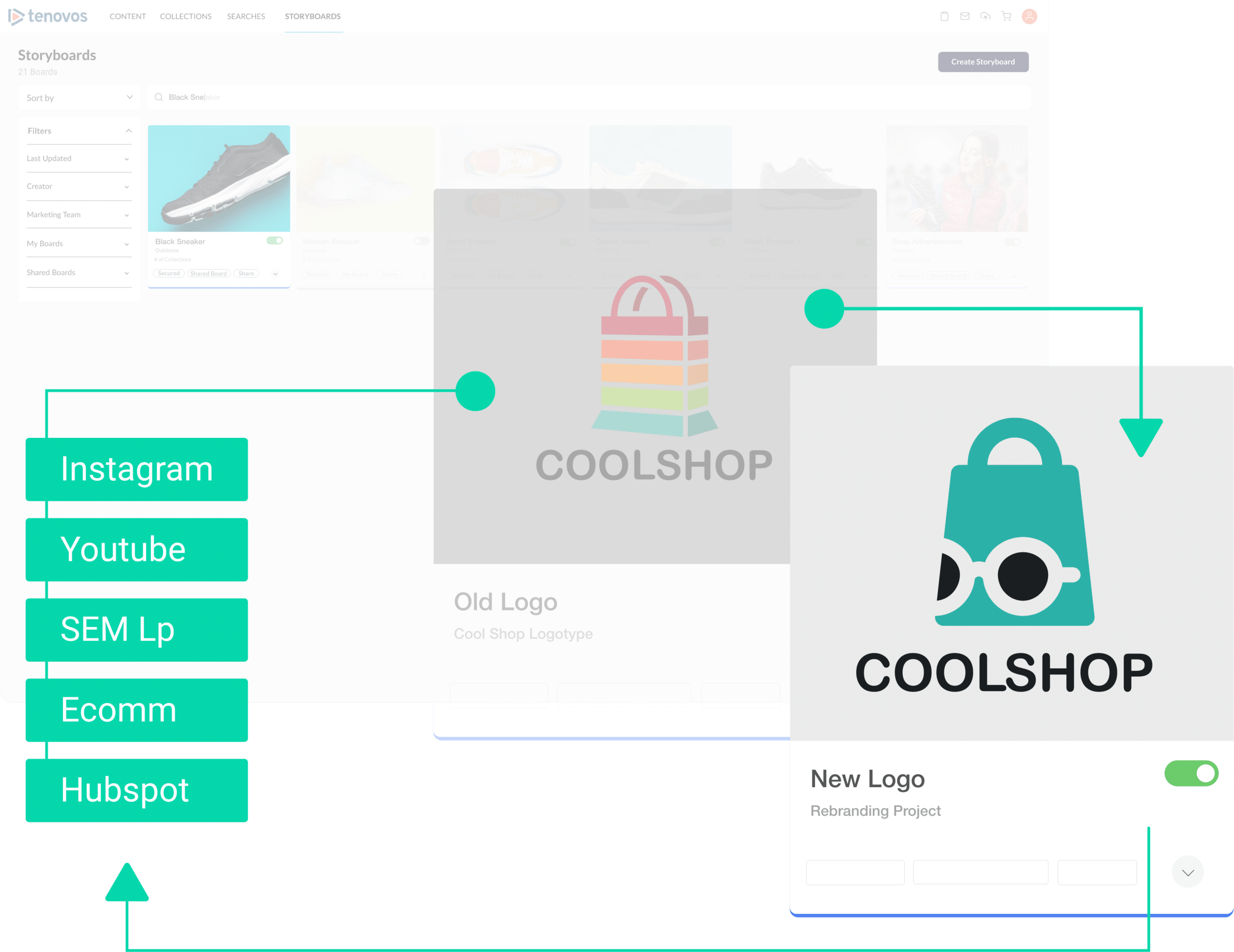
Seriously, why bother?
Are rebrands worth the effort? They can be, certainly. You’re likely considering it, or going through it, for a good reason. You’ve decided to target a new market, your company is taking a different direction. Maybe you want to create new hype among your buyers?
You can find countless articles, like this one, that will help you think about all the preparation and planning you’ll need to do it right. And it’s all good… except for one thing: the content black hole.
What Is the Content Black Hole?
Let’s say you go through with the rebrand. You’ve spent a huge amount of time, energy, and money running market validation and focus groups, and your creative teams have spent months taking that feedback and creating new imagery. Additionally, your PR and marketing teams are ready to invest even more in creating a big splash.
But the question is, are you actually getting an ROI?
It’s a difficult question to answer, particularly as most published content isn’t well tracked (if at all) and therefore relating its performance back to ROI is impossible. Sure, you may get some metrics from your social or web teams but this is often a manual process, challenging to scale, and not a holistic view of content performance.
These gaps are what we call the content black hole and it doesn’t just apply to rebranding, it’s a common story when brands are manually sharing content from their DAM to social, web, ad networks, and other channels for publishing.
The Role of DAM In Rebranding
Digital asset management platforms play an important role before, during and after rebranding. It’s unfortunate that so many branding blogs ignore this, because without DAM, companies are left in the dark about what’s working and what’s not. Some ways a DAM helps during a rebrand include:
Controlling old brand assets
At its core, DAM platforms help companies centralize and organize their assets. The more advanced DAMs also have the ability to restrict access to content, controlling what can and can’t be published. You can imagine during and after a rebrand how important this is.
During a rebrand, the last thing you want is new creative assets to be used by mistake and ruining your big launch. Post rebrand, the opposite is true: you simply cannot have old brand assets used by mistake. It kills the entire initiative.
Recalling and Replacing Old Content
Companies work months and months on their new brand, building up to launch day. On that day, all the new creative needs to go live: on the website, across social media channels, digital ads, and more. But think about how much content you have out there today… that same-day ‘flip the switch’ move doesn’t always work out and can leave you at risk of old branding living on, unnoticed by your teams, after the launch.
Modern DAMs have the ability to recall content that is published through the platform. If you’re using Tenovos ahead of the rebrand, for example, you’d have the ability to pull all your old branding off your channels and sites, and replace them with newly branded content. That’s a powerful action for your brand team.
Tracking Content
All your new rebranded content and assets are now live across your channels, right. Right? Maybe? If you don’t have a DAM that can track published content, it’s almost impossible to answer that question at any kind of large scale, like you would need to during and after a rebrand.
Many launch campaigns have complex content publishing sequences, and use different channels to play off one another. You can’t afford to miss the mark, and yet still companies are relying on spreadsheets or siloed teams to manage tracking.
Tying Channel Performance to Asset Performance
In line with the previous section on tracking content, having that level of visibility into where your content lives lets the entire brand team, not just your social managers, understand how the rebranded content is performing across channels. It creates a link between high-level channel performance and asset-level insights, giving a more holistic view of how your rebrand is actually performing.
Rebrands are powerful, revitalizing projects for your company. But if you can’t actually tell if the creative you’ve built is working, then I ask again – why bother? Learn more about how digital asset management can give you the insights you need to make the most out of your rebrand.
